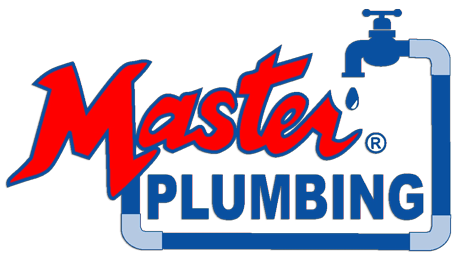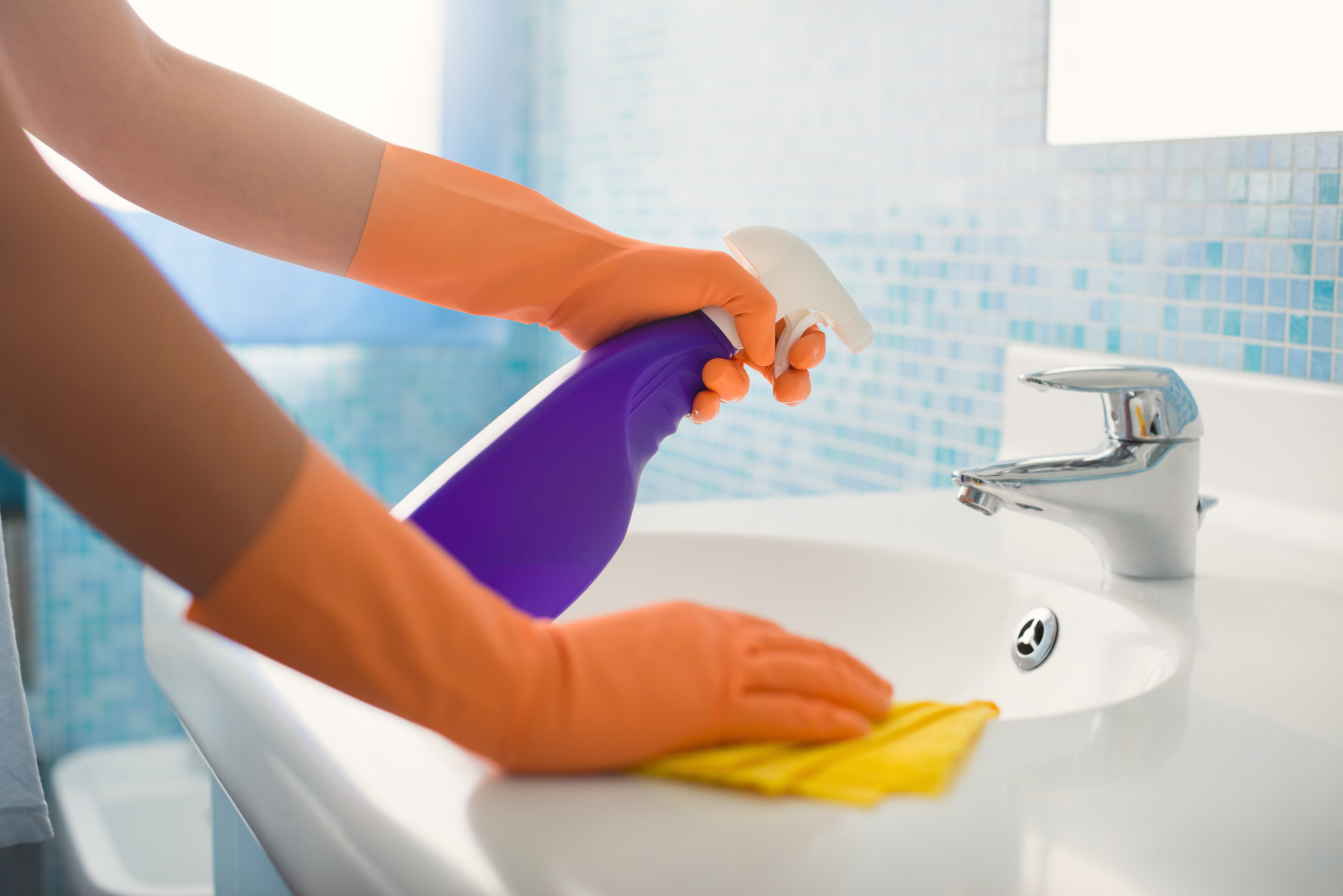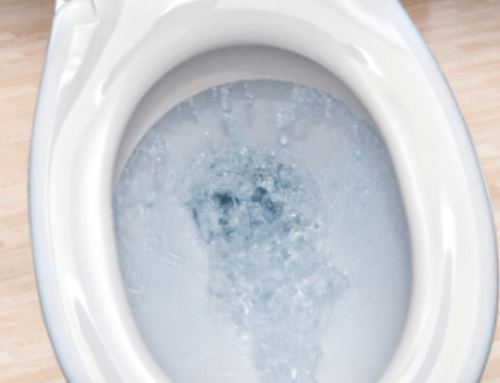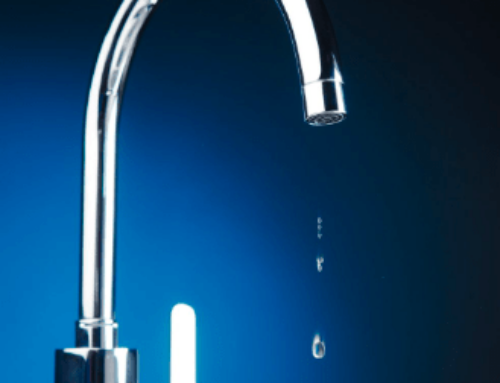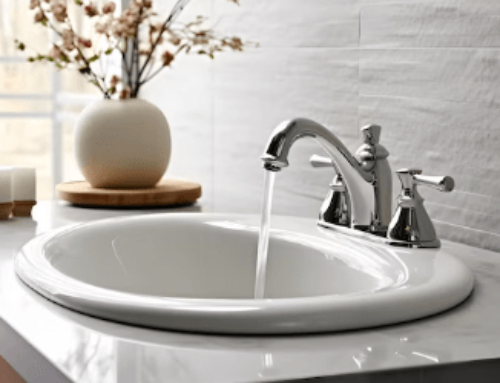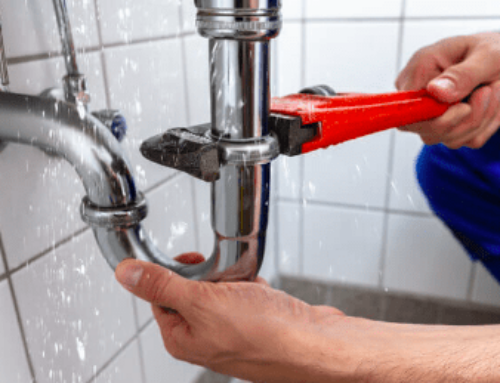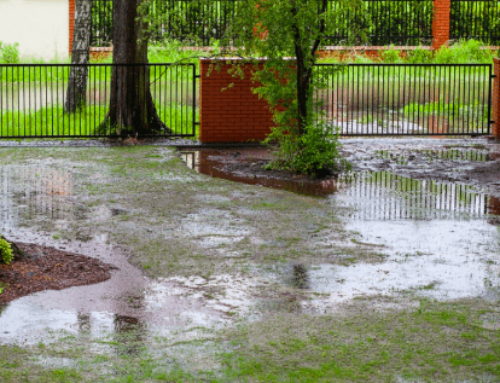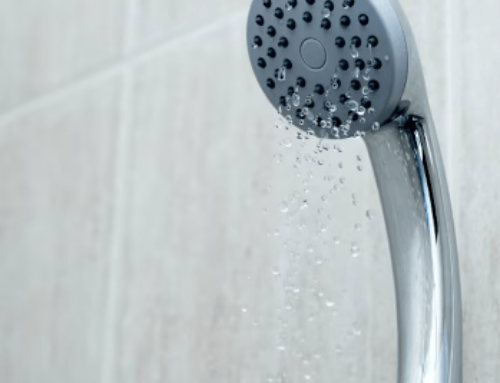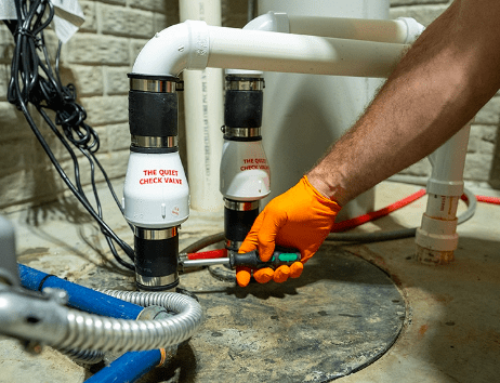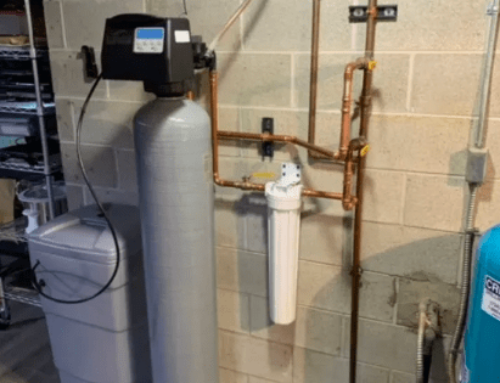You clean your cups in your sink. You clean your plates in your sink. Your dirty pots and pans find their way into your sink where you scour and soap them. Many forks, spoons, and knives plop down at the bottom of your sink. They sit there submerged under an inch of water till clean them. What we are saying here is your sink is the place where many things come to get cleaned. Ironically, your sink isn’t clean.
When it comes time to clean your sink, shower, and other plumbing fixtures, it is important to choose the appropriate cleaner. But somewhat more importantly, it is important to avoid danger cleaners and cleaner combinations.
Bleach is a common household cleaner with many uses. It is also called Clorox. People use bleach to remove stains from clothes and fixtures. Bleach can be used in the kitchen to disinfect and clean counters.
Sodium hypclorite is the active ingredient in bleach. Many cleaning products have sodium hypoclorite in them. Sodium hypoclorite is very reactive with other cleaning products like drain cleaners, acids, and ammonia.
To be very clear, DON’T MIX STUFF WITH BLEACH.
In this post we are going to talk about cleaners to avoid mixing.
Vinegar + Bleach
You can clean your sinks and showers with vinegar. Vinegar has many uses. It can be used to prepare and eat food. The acid in vinegar adds flavor to meals. It is generally sold in concentrations around 5%. Vinegar can be used in the kitchen to clean counters.
Chlorine gas is produced, when bleach and vinegar are combined. Mustard gas is another name for chlorine gas. It was used in World War 1 to kill soldiers. Chlorine gas forms when two atoms of chlorine bond.
This is a chemical reaction you don’t want to occur in your house. It irritates the lining of the lungs. It causes coughing and burning in the eyes.
Recommendation
We recommend when cleaning you choose bleach or vinegar. If you have a very dirty job, then we recommend using cleaning vinegar. The concentration of cleaning vinegar is 6%. It is substantially more powerful.
Bleach + Ammonia
Ammonia is another household cleaner which should not be mixed with bleach. When ammonia is mixed with bleach it produces toxic gases called chloramines. According to the Department of Health in Washington, the symptoms of chloramine gas exposure are:
- Coughing.
- Nausea.
- Shortness of breath.
- Watery eyes.
- Chest pain.
- Irritation to the throat, nose, and eyes.
- Wheezing.
- Pneumonia and fluid in the lungs.
Recommendation
We recommend when cleaning you choose bleach or ammonia. You can clean your shower tiles with ammonia. Mix ¼ cup of ammonia with 1 gallon of water and use a sponge to remove the grime.
Bleach + Alcohol
Alcohol is used as a disinfectant. It should not be mixed with bleach. When mixed with bleach, alcohol will produce chloroform gas. You might know chloroform gas as the knockout gas used in movies. Chloroform is a powerful sedative which can cause you to pass out. It can irritate your eyes, skin and lungs. It can damage your organs like the nervous system, kidneys and liver. Chloroform can be absorbed through your skin.
Recommendation
We recommend using a solution of bleach and water for cleaning your sinks. Bleach is an excellent cleaner and will leave your sink, bathtub, and shower looking terrific. When cleaning a sink, let the bleach sit in the basin for 5 minutes.
If you are not pleased with the appearance of fixtures, give us a call. We can advise you on the best methods to clean your fixtures. We also do upgrades and replace fixtures.
